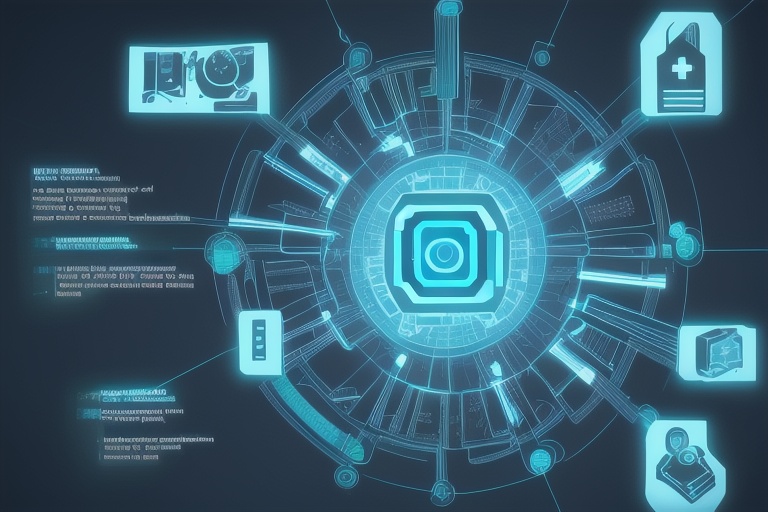The integration of technology into our daily lives has been rapid and transformative. As such, it becomes increasingly vital to address the pressing issue of how data, automation, and artificial intelligence (AI) impact democracy and the rights of individuals. While the intuitive use of these technologies can often restrict access to essential services, it should be noted that their negative effects are not inevitable. Solutions exist that can help ensure a responsible utilization of these systems.
The integration of technology into our daily lives has been rapid and transformative. As such, it becomes increasingly vital to address the pressing issue of how data, automation, and artificial intelligence (AI) impact democracy and the rights of individuals. While the intuitive use of these technologies can often restrict access to essential services, it should be noted that their negative effects are not inevitable. Solutions exist that can help ensure a responsible utilization of these systems.
AI and automated systems have bestowed remarkable advancements across various sectors. They have enabled us to forecast weather patterns with greater accuracy and diagnose illnesses with a precision previously unattainable. These tools have the potential to enrich society, enhancing the quality of life for all and delivering solutions to some of our most challenging problems. Nonetheless, the pursuit of progress must not override the importance of civil liberties or the principles of democracy.
In response to these emerging concerns, President Biden has called upon every branch of the Federal government to eliminate inequities, instill fairness in their operations, and promote the advancement of civil rights and equal opportunity. Consonant with this initiative, the White House Office of Science and Technology Policy recently put forward five key principles as part of a 'Blueprint for an AI Bill of Rights.'
The Blueprint for an AI Bill of Rights
The Blueprint for an AI Bill of Rights seeks to establish a protective framework for citizens in the digital era, particularly concerning AI. The essence of this blueprint revolves around the creation of systems that are safe, equitable, and respectful of privacy and democracy. This emphasis on ethical use is grounded in the understanding of the profound impact technology has on individual freedoms and societal well-being.
The five fundamental principles outlined by the blueprint are as follows:
Safe and Effective Systems: Advocating for the development of AI that is reliable and beneficial, ensuring that automated systems undergo rigorous testing and are continuously monitored for safety and effectiveness.
Algorithmic Discrimination Protections: Implementing robust measures to prevent algorithmic bias and discrimination, guaranteeing equal rights and opportunities for all Americans irrespective of background, race, or gender.
Data Privacy: Prioritizing individuals’ rights to privacy by ensuring that personal information is protected and that individuals have control over their data, thereby fostering trust and confidence in AI systems.
Notice and Explanation: Mandating that individuals are informed about the use of AI and automated systems in decisions that affect them, and provided with explanations regarding the workings of these systems in straightforward language.
Human Alternatives, Consideration, and Fallback: Offering the option to opt out from automated services in favor of human alternatives to ensure that individual needs and concerns are addressed in a compassionate and understanding manner.
The blueprint stands as a testament to the commitment to aligning technology with societal values. The proactive implementation of these principles into policies and practices can lead us towards a society where technology amplifies our capabilities without infringing upon our rights.
In subsequent articles, we will delve into case studies and scenarios where automated systems embody the principles championed by the blueprint. These real-world examples will illustrate how we can steer the path of AI development in a direction that concurrently elevates human well-being and upholds democratic ideals.
This ongoing discussion is not just about principles, but about practical implementation. The AI Bill of Rights serves as a call to action for policymakers, tech developers, and citizens alike: to be aware, to engage, and to advocate for systems that reflect our shared values. The potential of AI is vast, but it is up to us to navigate the terrain with a compass that points towards justice, equity, and respect for the individual. Stay with us as we explore the fusion of innovation and ethics in the age of artificial intelligence, ensuring that the future we build is one where technology serves the common good and the rights of the American public remain steadfastly protected.
Information for this article was gathered from the following source.




